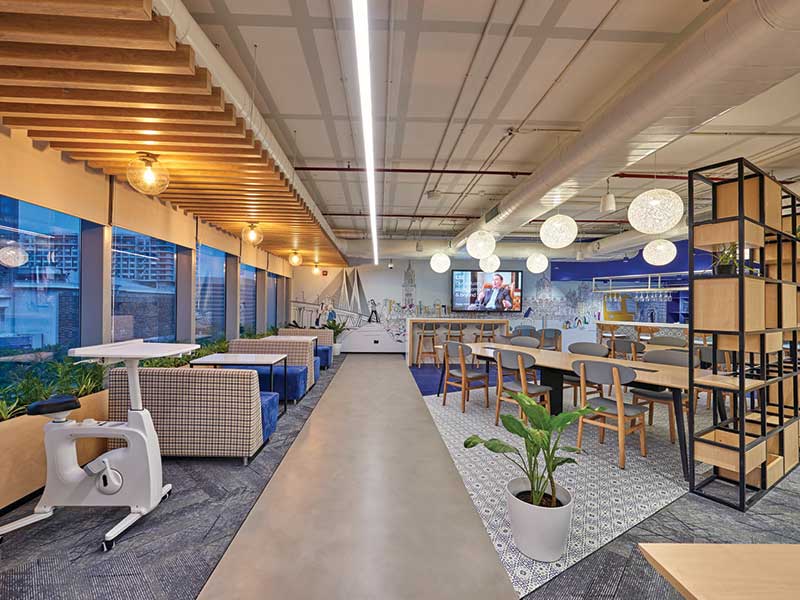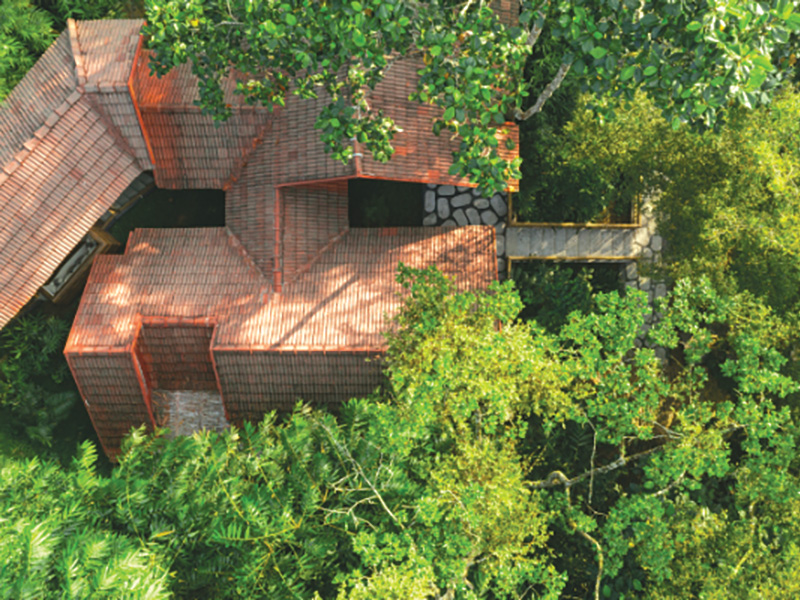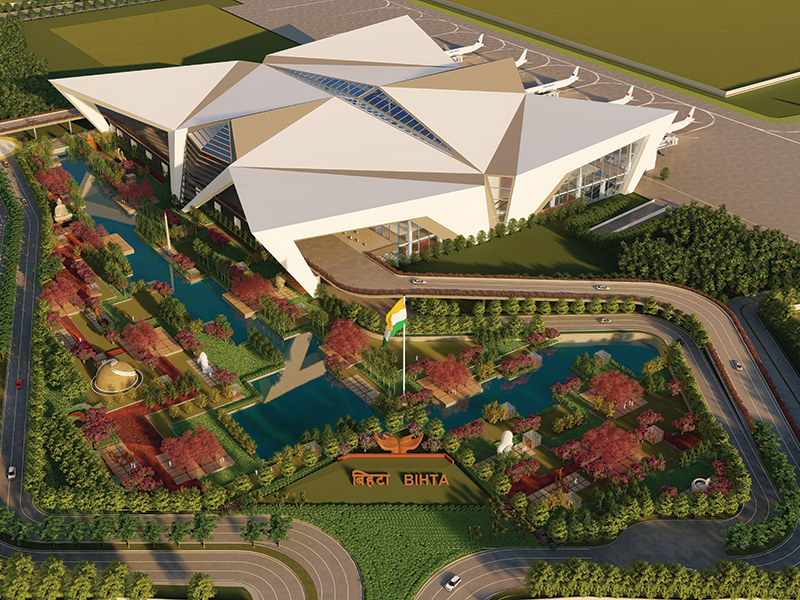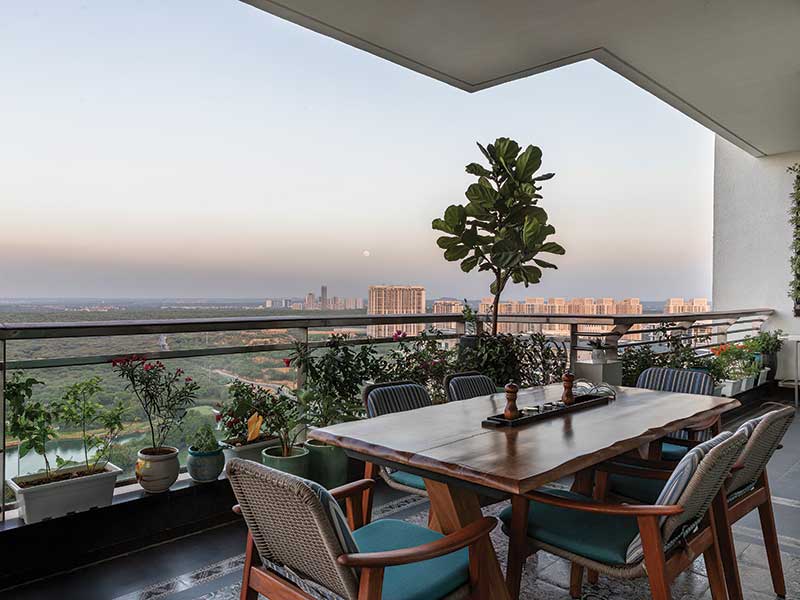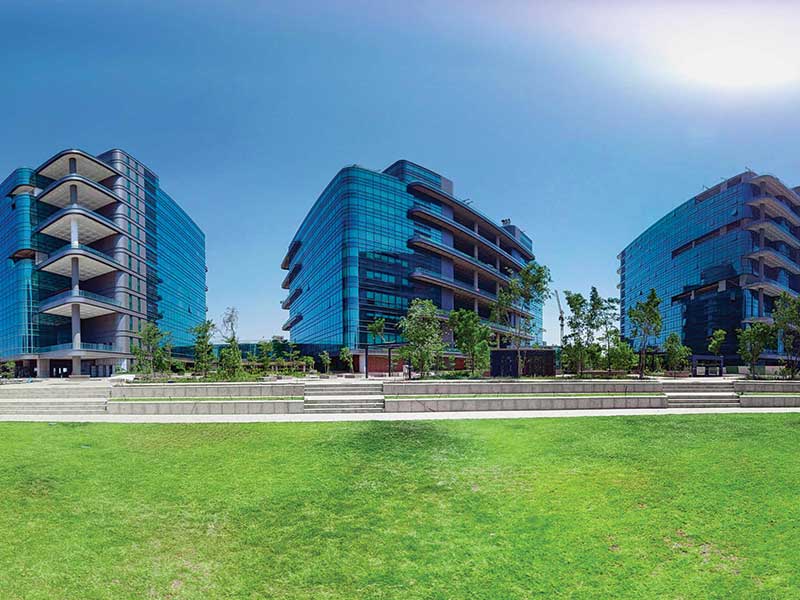
Use of eco-friendly materials has shown reduced wastage, saving of energy and natural resources, better occupant well-being as they do not release any toxins, and an increase in the lifecycle of the building. Because of their benefits, which includes cost-effectiveness, their usage is increasing.
Building materials give expression to architecture; they open up endless design possibilities for architects to explore their properties, aesthetic value, inherent quality, application benefits, and sustainability. The texture of materials like wood, marble, textiles etc has a significant impact on the visual as well as tactile appeal. Having a good knowledge of various materials enables architects to select the most appropriate for a building’s intended use and function.
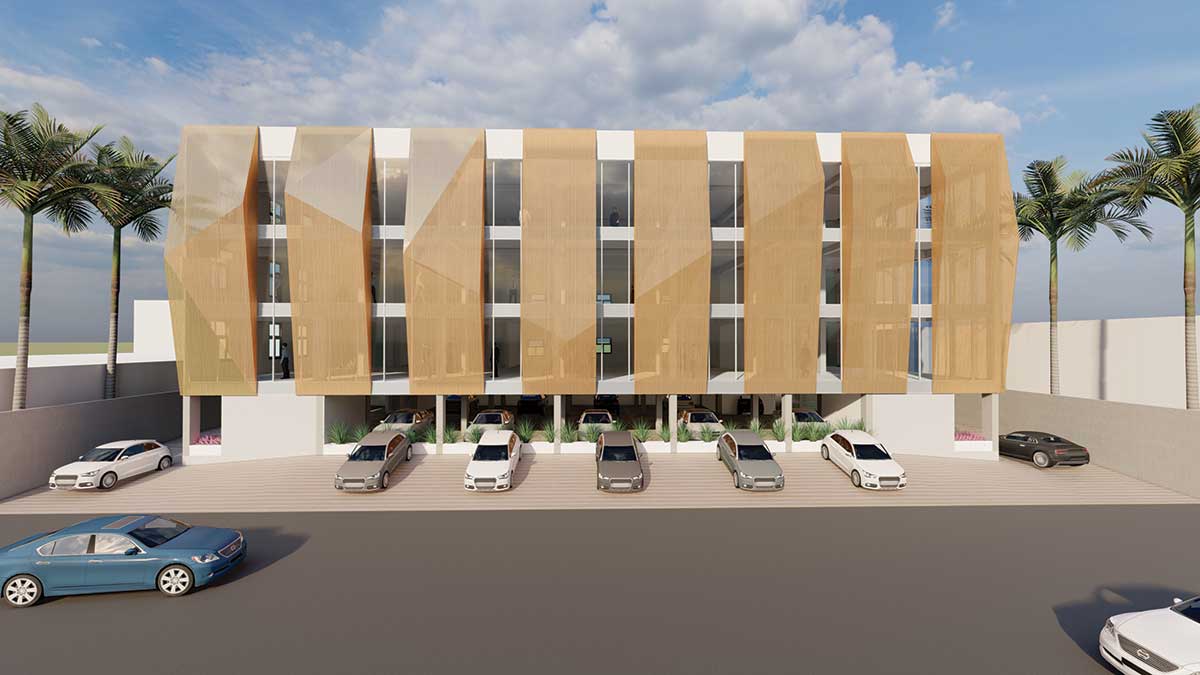
In the following pages, Architects and Real Estate Developers share their views on how materials influence and shape their design concepts; enable flexibility in application; and, most importantly, materials that have a minimum negative impact on the environment.
- Ar. Sumit Dhawan, Cityspace"82 Architects
- Ar. Nilanjan Bhowal, Design Consortium India
- Ar. Manish Kumat, Manish Kumat Design Cell
- Rohit Suraj, Urban Zen
- Ar. Harish Tripathi, Arhta
- Ar. Sandeep Joshi, Artisan
- Aquin Noel, Aquin Noel Design Commune
- Harshvardhan Tibrewala, Roha Realty
- Sanjay Shah, The Wadhwa Group
- Arun Kumar, SOBHA



